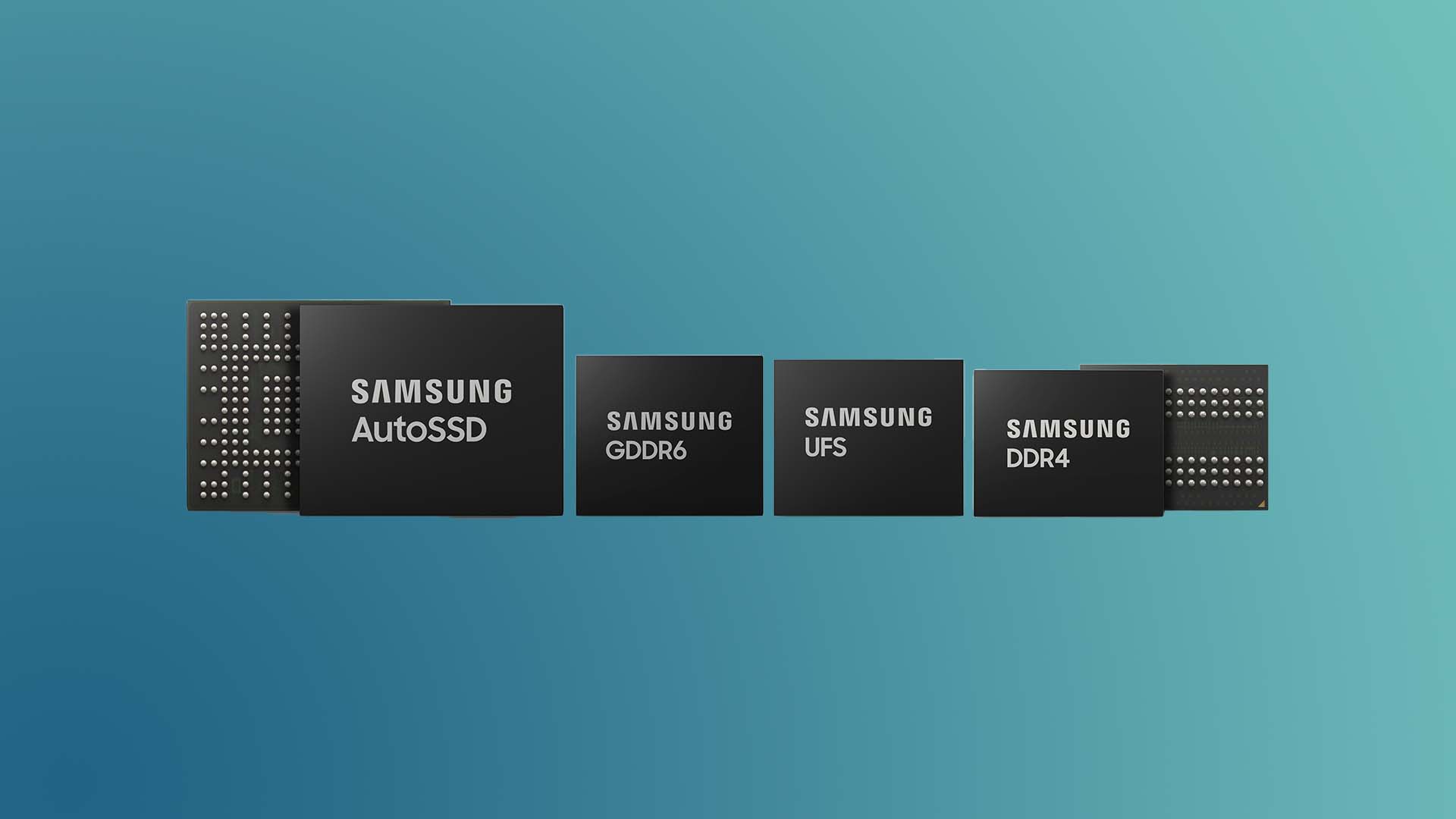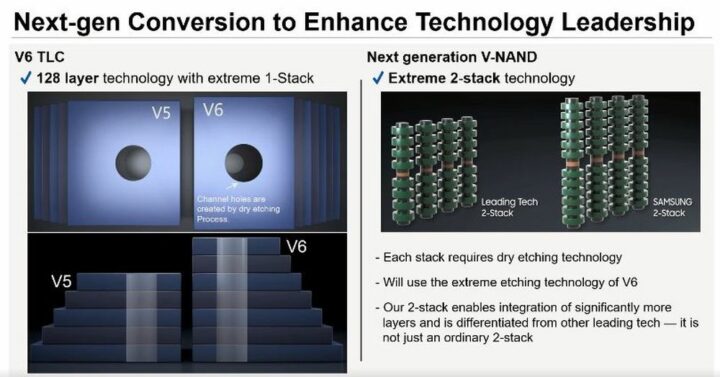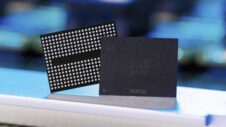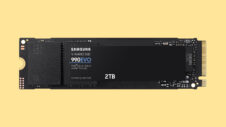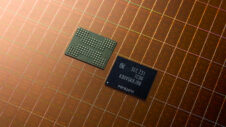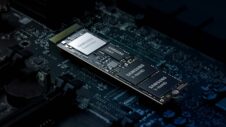Samsung might release its first NAND flash memory chips with more than 200 layers before the end of the year, increasing the stack from the current 176-layer limit. Samsung has remained the market leader and aims to maintain its position above rivals like SK Hynix, Micron Technology, and Kioxia.
The Korean tech giant will reportedly release 236-layer NAND flash chips before the end of the year. To achieve this, Samsung is also planning to establish a new R&D center before the end of August, where the company will research and develop more advanced NAND flash technologies. (via BusinessKorea)
Extreme 2-stack technology supports up to 256 layers
Samsung will supposedly rely on its Extreme 2-stack technology to achieve 236 layers for its NAND flash chips before the end of 2022. The company announced its Extreme 2-stack technology a couple of years ago. It uses extreme etching to achieve higher stacks than the methods employed by competitors.
In fact, Samsung uses the same Extreme 2-stack layering technology to create its current 176-layer NAND flash chips. In theory, or more specifically, “mathematically speaking,” Extreme 2-stack layering allows for a total of 256 layers. However, Samsung set a limit of 176 layers a couple of years ago because it chose the optimal configuration at that time rather than the maximum number of layers it could have achieved.
With new advancements in chipset manufacturing, Samsung is now reportedly ready to optimize a new NAND flash design based on 236 layers. But Samsung is not alone. Other companies such as SK Hynix and Micron Technology have also announced that they're developing NAND flash chips based on a 236 and 232-layer configuration, respectively.
According to Statista, the Korean tech giant held a NAND flash market share of 35.3% in Q1 2022. Samsung led the segment with a considerable gap between it and the second-ranked NAND flash manufacturer, Kioxia, which held a market share of 18.9% during the same three-month period.
